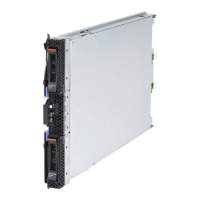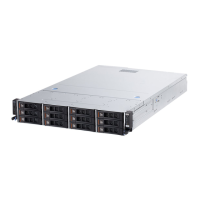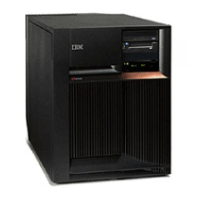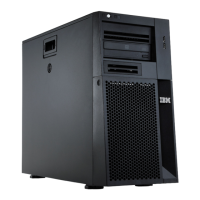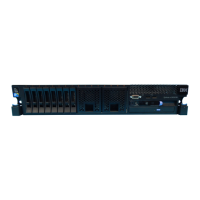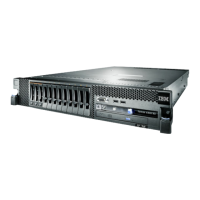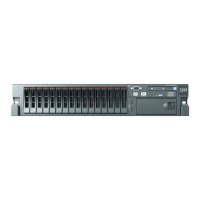Chapter 2. IBM eX5 technology 45
Hyper-Threading (Default:
Enable)
This option enables logical multithreading in the processor, so that the operating system
can execute two threads simultaneously for each physical core.
Execute Disable Bit (Default:
Enable)
This option enables the processor to disable the execution of certain memory areas,
therefore preventing buffer overflow attacks.
Intel Virtualization Technology (Default:
Enable)
This option enables the processor hardware acceleration feature for virtualization.
Processor Data Prefetch (Default:
Enable)
This option enables the memory data access prediction feature to be stored in the
processor cache.
Cores in CPU Package (Default:
All)
This option sets the number of processor cores to be activated.
QPI Link Frequency (Default:
Max Performance)
This option sets the operating frequency of the processor’s QPI link:
– Minimal Power provides less performance for better power savings.
The QPI link operates at the lowest frequency, which, in the eX5 systems, is 4.8 GT/s.
– Power Efficiency provides best performance per watt ratio.
The QPI link operates 1 step under the rated frequency, that is, 5.86 GT/s for
processors rated at 6.4 GT/s.
–
Max Performance provides the best system performance.
The QPI link operates at the rated frequency, that is, 6.4 GT/s for processors rated at
6.4 GT/s.
Memory
The Memory settings window provides the available memory operation options, as shown in
Figure 2-26 on page 46.

